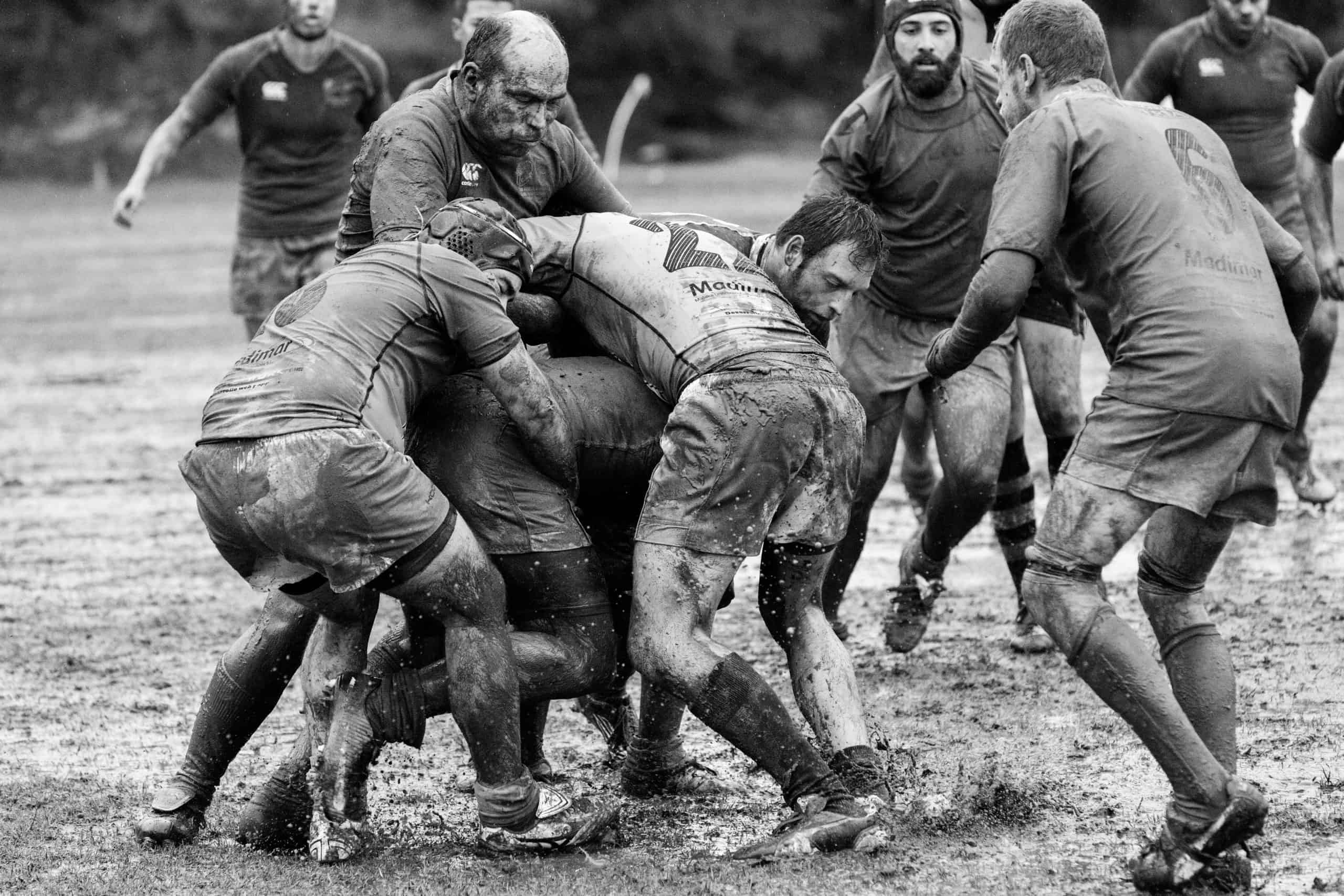
Wearables to tackle sports injuries
Imagine driving a car into a brick wall at 40mph. According to research, this is the force that an average rugby player experiences when colliding with an opponent head on.
The long term effects of repeated blows to the head are a major concern in contact sports. In recent years there has been much research into the neuropathological and cognitive effects of frequent brain trauma in sports like American football, wrestling and boxing. Repeat concussions have been linked to memory loss, depression, suicide and even Parkinson’s disease and dementia. Chronic traumatic encephalopathy (CTE), a degenerative brain disease, has also been identified in people with a history of multiple head injuries. CTE is a serious problem for American NFL players; research carried out by Boston University found that as of 2016, 90 of 94 former players tested were diagnosed (post-mortem) with CTE.
Safety in these sports is a growing issue for both players and parents of younger ‘grass-roots’ athletes. For contact sports to continue to attract younger generations, more must be done to ensure players are safe.
When you picture wearable technology in sport, you think of the Fitbit wearer religiously counting their steps. Yet in the coming years on-body technology will likely be used to help reduce injuries in contact sports. As wearables have moved into the mainstream, a growing number of professional sports teams are looking to a new breed of the tech, which goes beyond tracking calories.
One such product is the Q Collar made by Q30 Innovations, which promises to protect against traumatic brain injury. The collar puts pressure on the player’s jugular vein, increasing the amount of blood in the brain and causing it to swell. Unlike traditional helmets which allow the brain to shift and twist within the skull cavity, the Q-collar causes the wearer’s brain to fit more snugly in the skull, helping to reduce impact. Other examples include the N-Pro headguard, designed to reduce the ‘G-force’ energy transferred into a rugby player’s head, and an ‘inside out’ helmet from Vicis that mimics a car bumper on impact, slowing an impact, before regaining shape.
Wearable tech is not only directly preventing head injuries, but also giving teams and coaches greater insight into the health of players. Checklight, a black skullcap, measures the force of impact on players and shows a coloured light should the player need to be assessed. Similarly, rugby team Saracens has been using xPatch, a device that records the velocity and angles of impact to a player’s head. Catapult motion tracking technology measures stress and strains during training and competition. These technologies can provide coaches and doctors with detailed analysis which, in turn, can ensure that players rest and recover in the appropriate way. Even mouthguards, already an essential piece of kit for many sports players, are being updated in line with this new trend. The FitGuard for example features LEDs which light up to indicate when an impact suffered by the wearer warrants further investigation.
Making contact sports less risky and thus reducing the number of head injuries are fundamental to the safe future of these sports. UK Rugby Union lawmakers are reviewing current laws in order to reduce the risk of concussion, no doubt prompted by the NFLA’s implementation of a new policy to address the diagnosis and management of concussions.
The potential benefits of the technology are also being realised, with wearable monitors being approved for Major League Baseball games for the first time last year. With growing awareness about brain injuries in sport, it seems likely that other sports organisations will follow suit.
In recent years we’ve seen a wealth of consumer-facing devices from fitness-tracking bands made by Jawbone, Fitbit, Nike, Garmin, to GPS smart watches, ‘smart band-aids’ and even smart sunglasses for sport. It’ll certainly be interesting to see how this sector will play out as more and more professionals look to technology to reduce the risk of long-term injury in their respective sports. By the looks of it, wearables will play a central role.





